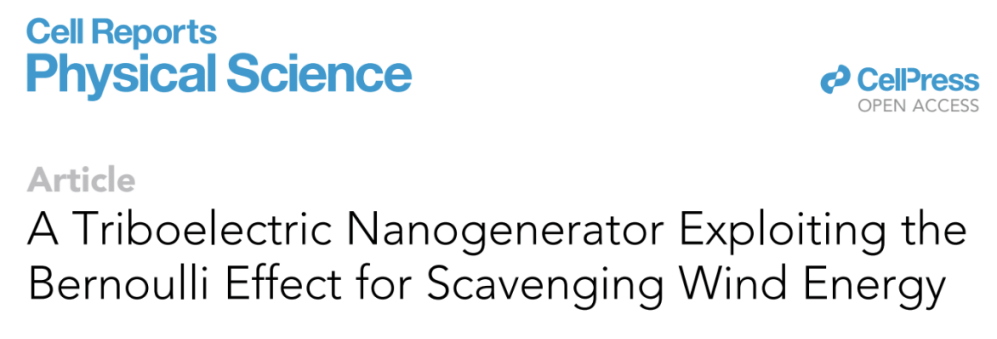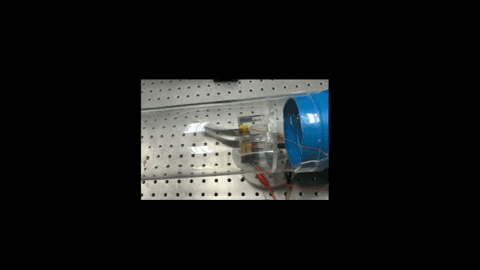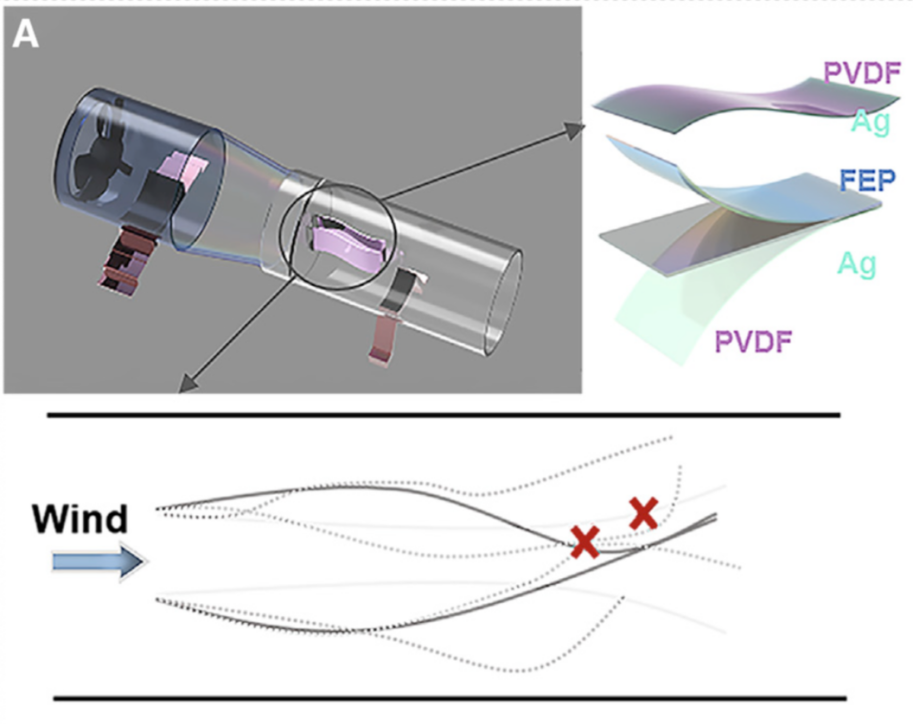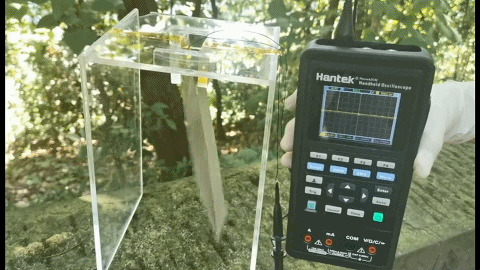In recent years, the use of environmental energy in the form of light, vibration, heat, radio waves, etc. has attracted the attention of more researchers, and several methods of using different types of energy to generate electricity have been developed.
Relatively speaking, wind power is one of the most cost-effective and cheapest energy sources currently available.
Under normal circumstances, wind turbines are devices that convert wind energy into electrical energy, used to collect wind energy, and are widely used in our daily lives. However, on the basis of high costs, noise and aesthetic pollution are still problems. And most of the existing wind on land is too soft to propel the blades of commercial wind turbines.
But now, researchers from the Beijing Institute of Nano Energy and Systems, Chinese Academy of Sciences have designed a "micro wind turbine" that can collect wind energy from a breeze similar to that produced by walking.

This low-cost and efficient method of collecting breeze was published on September 23 in the journal Cell Reports Physical Science.
Friction power generation in wind
Technically speaking, this new device is not a turbine, but a nanogenerator consisting of two plastic strips inside a tube. When there is airflow, these plastic strips will vibrate or slap together.
Just like rubbing a balloon on the hair, the two plastics will become charged after they are separated and contacted. This phenomenon is called the triboelectric effect. The electrical energy generated by the two plastic strips will then be captured and stored.

The results show that a breeze of 1.6 meters per second is enough to drive this triboelectric nanogenerator. When the wind speed is between 4 to 8 meters per second (8.9 to 17.9 miles per hour), the performance of the nano generator is the best. This speed allows the two plastic belts to swing synchronously.
Moreover, the wind energy conversion efficiency of the device is as high as 3.23%, which exceeds the previously reported wind energy recovery performance. Currently, the research team’s equipment can power 100 LED lights and temperature sensors.
The two plastic strip films in this friction nanomotor are essentially composed of triboelectric films. The film consists of a ferroelectric polyvinylidene fluoride (PVDF) film with Ag electrodes and a PVDF film coated with fluorinated polyethylene propylene (PEP).
They mainly use the Bernoulli effect to interact, and the so-called Bernoulli effect means that when the horizontal flow speed of the fluid increases, the pressure decreases. In this wind collection system, when the airflow is stable, the two membranes will show the dynamic characteristics of rapid and periodic contact and separation due to the Bernoulli effect.

In order to make the nanogenerator obtain good electric energy output, the researchers also studied the triboelectric layer composed of FEP film and PVDF film. They used electrostatic bonding method to laminate the FEP layer and PVD layer.
First, expose the FEP film to a corona with a tip voltage of 15 kV for 5 minutes; after that, attach the PVDF film to the charged surface of the FEP film and absorb it by electrostatic action; finally, put the second corona with the same parameters as the first corona The secondary corona is applied to the bonded FEP-PVDF system. By measuring the surface points, it is found that the laminated film has better charge storage stability.
In short, the principle of the triboelectric nanomotor is that when two films are in contact with each other due to the Bernoulli effect, electricity will be generated by friction. At the same time, due to the characteristics of the film's charge storage, electrical energy can be stored to provide power.
Make smaller wind turbines possible
Yang Ya, one of the corresponding authors of the paper, a researcher at the Beijing Institute of Nano Energy and Systems, Chinese Academy of Sciences, and head of the Micro-Nano Energy and Sensing Laboratory, said, “You can collect all the breeze in daily life. Once, we put the nano generator On a person’s arm, the airflow generated by the swinging arm is enough to generate electricity."

Yang Ya added, “Our goal is not to replace the existing wind power technology, but to solve problems that traditional wind turbines cannot solve. Wind turbines use coils and magnets, and the cost is fixed, and we can choose for our equipment Low-cost materials. Our equipment can also be safely used in nature reserves or cities because it has no rotating structure."
The researchers said that they have two ideas for the next step of the project, one is small and the other is big.
Before, Yang Ya and his colleagues had designed a coin-sized nano generator, but he wanted to make it smaller, more compact, and more efficient. In the future, Yang Ya and his colleagues also hope to combine the device with small electronic devices like mobile phones to provide sustainable electricity.
But Yang Ya is also seeking to make the device bigger and more powerful.
"I hope to expand the production scale of this equipment to 1,000 watts so that it can compete with traditional wind turbines. We can put these equipment in places that traditional wind turbines cannot reach. We can put it on mountains or buildings. To get sustainable energy."
















 RCCN WeChat QrCode
RCCN WeChat QrCode Mobile WebSite
Mobile WebSite